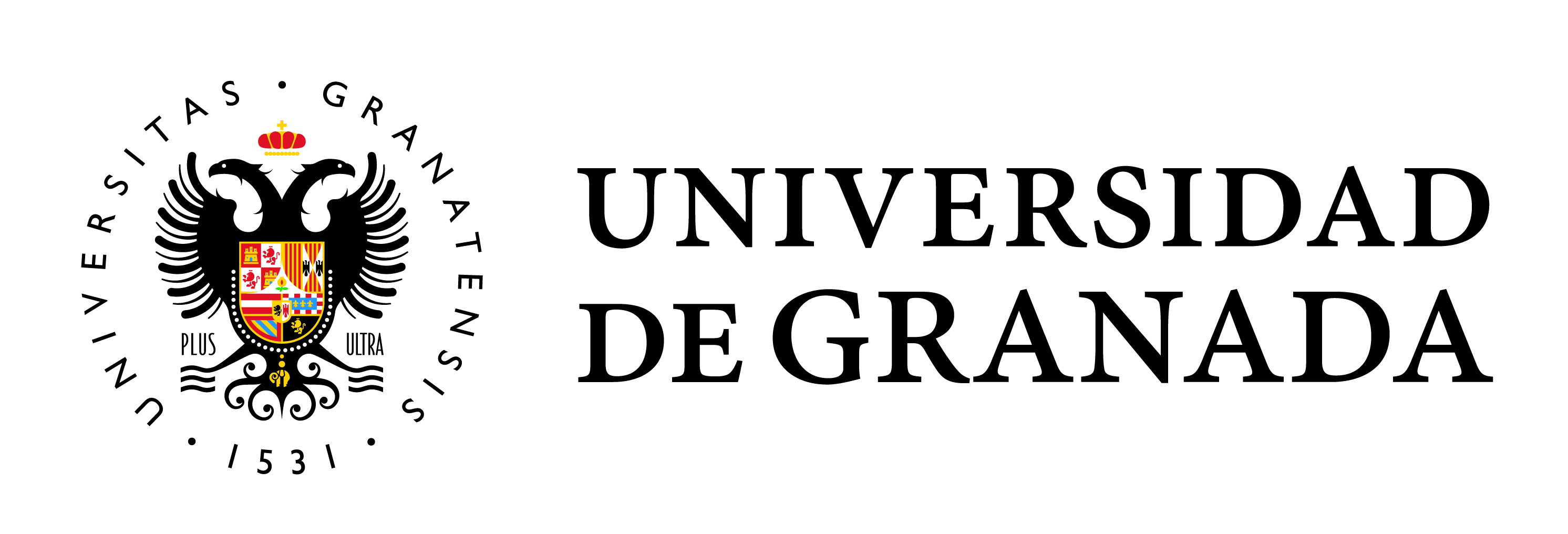Ciudades satélites en Lampa, Santiago: un caso de co-gobierno urbano entre el municipio y holdings inmobiliarios
Contenido principal del artículo
Resumen
Desde los años noventa del siglo pasado, Santiago de Chile exhibe un desarrollo urbano liderado predominantemente por agentes privados. Entre los proyectos arquetípicos se encuentran las ciudades satélites construidas por grupos inmobiliarios en la comuna periurbana de Lampa. Estos proyectos dan cuenta de un proceso de urbanización de holdings que redefine la función del agente inmobiliario, desde un papel de constructor de viviendas, a un rol complejo de planificador y administrador de asentamientos de tamaño medio. Usando la metodología de «análisis de gobierno» en las ciudades satélites de Larapinta y Valle Grande, se argumenta que estos proyectos transforman la política urbana local al ser administrados desde ensamblajes de co-gobierno entre municipio y empresa. Aunque el co-gobierno urbano se funda sobre vacios normativos y acuerdos informales, persisten motivados por un beneficio económico mutuo. Estos proyectos convierten el gobierno local en un escenario dinámico y multi-agente, donde el municipio carece de instrumentos de gestión capaces de promover alianzas público-privadas.


